Weanling sales are under way around the country with farmers offloading autumn-born animals.
Mart managers indicate weanlings are in high demand, as the rise in beef price is underpinning buying confidence.
When it comes to selling weanlings, you only get one shot at getting it right. Experienced buyers at weanling sales rarely get caught out.
They can spot cattle that are overfed, will potentially have respiratory problems because of stress and they know which animals will suit certain markets.
Taking steps to ensure your weanlings are healthy and well-presented will attract greater buying interest, improving the sale value of animals.
Ten steps to help prepare animals for sale are outlined in this article, to help farmers who are planning on selling calves, either in the coming weeks, or during the autumn.
Weanlings are currently making €2.60/kg to €2.90/kg based on MartBids data, so controlled creep feeding will provide an economic return even though meal prices are higher year on year.
With good-quality continental weanlings, feeding 3kg/day to 4kg/day will maintain liveweight gains of 1.5kg/day along with good grass.
At a ration costing €300, creep feeding at the higher level will cost €1.20/day, yet top-quality calves are generating over €4/day is terms of weight gain, more than covering the feed cost.
For heifers, 2kg/day should suffice. But if grass is in short supply, or animals have higher levels of growth potential and conformation, increase meal levels to 3kg/day to maintain performance.
For farmers in BEEP, the scheme requires meal to be offered for four weeks prior to weaning and two weeks after weaning.
Separate bull and heifer calves for creep feeding
To get the best return on creep feeding, split bull and heifers calves into separate batches. This makes it easier to target higher levels of meal to bull calves and manage heifers so they don’t go overfat.
Breeding should be more or less over for early spring-calving cows. So it should not be an issue in re-grouping cows and calves for creep feeding during August and early autumn.
Keep the ration as simple as possible with three to four key ingredients. Look at the list of ingredients on the mix which are listed in order of inclusion rate. The larger the inclusion rate, the earlier an ingredient will appear on the list.
Barley and soya should be in the top two or three ingredients. Products such as sugar beet pulp, citrus pulp or soya hulls should also be listed early and will provide rumen fibre.
Where weanlings have good grass available, protein levels will be 18% to 24%, depending on the sward type and dry matter. So a ration can be capped to 16% crude protein.
In addition to creep feeding concentrates, allow calves to creep graze ahead of cows. This will give weanlings priority for grass and break the cow-and-calf bond, helping the weaning process.
Weaned calves are under less stress in the mart and will attract more buying interest.
For creep grazing, a temporary electric wire works well and can be moved from paddock to paddock. A creep gate also works well, but may be less flexible than a wire fence on some farms.
To start creep grazing, raise the wire at multiple points in the field. This allows calves to get back to cows much more easily at the start.
Also, begin by creep grazing calves no more than 10m to 20m ahead of cows. Also, start off by creeping calves no more than 10m to 20m ahead of cows by creep grazing on a headland in the same field as the cows. As calves will be in sight of the cow, they are less likely to break wires in the early stages of creep grazing.
Use calf or sheep troughs for creep grazing
When creep grazing calves, use a calf or sheep troughs to offer concentrates.
This is much more practical than a static ad-lib feeder as they are easily moved between paddocks.
That said, ad-lib feeders can be set up on a laneway area to cut down on movement from paddock to paddock.
Where second-cut silage swards are coming back in to the grazing rotation, target this grass for weanlings to drive weight. This grass will be high-quality and help limit the level of creep feeding required to maintain weight gain. This grass will be high-quality and help to limit the level of creep feeding required to maintain weight gain.
Worm and vaccinate for pneumonia
Make sure calves are properly wormed to prevent problems with gut and lungworms in late summer and autumn.
If left untreated, or treatment is delayed, calves are more susceptible to developing pneumonia which will see animals rapidly losing condition, making them less saleable.
Vaccinating against pneumonia and IBR is money well spent.
At an approximate cost of €15/calf, 5kg to 6kg of liveweight gain will pay for the vaccines and reduce the risk of respiratory problems before, during and after sale.
Buyers will be more inclined to re-purchase weanlings from farmers who vaccinate against pneumonia.
Calves that are not vaccinated, and do develop pneumonia, will cost more than €15 between lost weight gain and veterinary bills.
Clipping weanlings along the back, neck and head can improve the presentation of weanlings in the live ring, attracting greater buying interest. While weanlings will still have a summer coat in August, it is something to consider for calves being sold in early autumn. Clipping also provides benefits for buyers, especially if weanlings are moving straight to a shed from the mart, as these animals are less prone to sweating and developing pneumonia.
It is also worthwhile tidying up horns that were missed in spring or have grown back because of poor dehorning technique. This step should be carried out as early as possible to have calves well presented for sale.
There is little point in spending time preparing weanlings for sale, then selling the wrong type of cattle on the wrong day or in the wrong mart.
Talk to your mart manager to see what buyers are looking for in terms of liveweight. For example, do buyers want bull calves to be castrated at heavier weights, or left entire? Also, is there specific sales for certain breeds as weanlings with some animals with traditional breeding will be disadvantaged at a sale with mainly export or show calf weanlings?
At the same time, don’t put all your eggs in one basket. The strongest and heaviest weanlings will always be sold at the earlier sales. Therefore, select the more forward weanlings in the herd for sale first. Hold off on selling lighter weanlings until the later sales.
Read more
Beef management: be alert for lungworm following rain
Top tips to deal with a grazing shortage
Weanling sales are under way around the country with farmers offloading autumn-born animals.
Mart managers indicate weanlings are in high demand, as the rise in beef price is underpinning buying confidence.
When it comes to selling weanlings, you only get one shot at getting it right. Experienced buyers at weanling sales rarely get caught out.
They can spot cattle that are overfed, will potentially have respiratory problems because of stress and they know which animals will suit certain markets.
Taking steps to ensure your weanlings are healthy and well-presented will attract greater buying interest, improving the sale value of animals.
Ten steps to help prepare animals for sale are outlined in this article, to help farmers who are planning on selling calves, either in the coming weeks, or during the autumn.
Weanlings are currently making €2.60/kg to €2.90/kg based on MartBids data, so controlled creep feeding will provide an economic return even though meal prices are higher year on year.
With good-quality continental weanlings, feeding 3kg/day to 4kg/day will maintain liveweight gains of 1.5kg/day along with good grass.
At a ration costing €300, creep feeding at the higher level will cost €1.20/day, yet top-quality calves are generating over €4/day is terms of weight gain, more than covering the feed cost.
For heifers, 2kg/day should suffice. But if grass is in short supply, or animals have higher levels of growth potential and conformation, increase meal levels to 3kg/day to maintain performance.
For farmers in BEEP, the scheme requires meal to be offered for four weeks prior to weaning and two weeks after weaning.
Separate bull and heifer calves for creep feeding
To get the best return on creep feeding, split bull and heifers calves into separate batches. This makes it easier to target higher levels of meal to bull calves and manage heifers so they don’t go overfat.
Breeding should be more or less over for early spring-calving cows. So it should not be an issue in re-grouping cows and calves for creep feeding during August and early autumn.
Keep the ration as simple as possible with three to four key ingredients. Look at the list of ingredients on the mix which are listed in order of inclusion rate. The larger the inclusion rate, the earlier an ingredient will appear on the list.
Barley and soya should be in the top two or three ingredients. Products such as sugar beet pulp, citrus pulp or soya hulls should also be listed early and will provide rumen fibre.
Where weanlings have good grass available, protein levels will be 18% to 24%, depending on the sward type and dry matter. So a ration can be capped to 16% crude protein.
In addition to creep feeding concentrates, allow calves to creep graze ahead of cows. This will give weanlings priority for grass and break the cow-and-calf bond, helping the weaning process.
Weaned calves are under less stress in the mart and will attract more buying interest.
For creep grazing, a temporary electric wire works well and can be moved from paddock to paddock. A creep gate also works well, but may be less flexible than a wire fence on some farms.
To start creep grazing, raise the wire at multiple points in the field. This allows calves to get back to cows much more easily at the start.
Also, begin by creep grazing calves no more than 10m to 20m ahead of cows. Also, start off by creeping calves no more than 10m to 20m ahead of cows by creep grazing on a headland in the same field as the cows. As calves will be in sight of the cow, they are less likely to break wires in the early stages of creep grazing.
Use calf or sheep troughs for creep grazing
When creep grazing calves, use a calf or sheep troughs to offer concentrates.
This is much more practical than a static ad-lib feeder as they are easily moved between paddocks.
That said, ad-lib feeders can be set up on a laneway area to cut down on movement from paddock to paddock.
Where second-cut silage swards are coming back in to the grazing rotation, target this grass for weanlings to drive weight. This grass will be high-quality and help limit the level of creep feeding required to maintain weight gain. This grass will be high-quality and help to limit the level of creep feeding required to maintain weight gain.
Worm and vaccinate for pneumonia
Make sure calves are properly wormed to prevent problems with gut and lungworms in late summer and autumn.
If left untreated, or treatment is delayed, calves are more susceptible to developing pneumonia which will see animals rapidly losing condition, making them less saleable.
Vaccinating against pneumonia and IBR is money well spent.
At an approximate cost of €15/calf, 5kg to 6kg of liveweight gain will pay for the vaccines and reduce the risk of respiratory problems before, during and after sale.
Buyers will be more inclined to re-purchase weanlings from farmers who vaccinate against pneumonia.
Calves that are not vaccinated, and do develop pneumonia, will cost more than €15 between lost weight gain and veterinary bills.
Clipping weanlings along the back, neck and head can improve the presentation of weanlings in the live ring, attracting greater buying interest. While weanlings will still have a summer coat in August, it is something to consider for calves being sold in early autumn. Clipping also provides benefits for buyers, especially if weanlings are moving straight to a shed from the mart, as these animals are less prone to sweating and developing pneumonia.
It is also worthwhile tidying up horns that were missed in spring or have grown back because of poor dehorning technique. This step should be carried out as early as possible to have calves well presented for sale.
There is little point in spending time preparing weanlings for sale, then selling the wrong type of cattle on the wrong day or in the wrong mart.
Talk to your mart manager to see what buyers are looking for in terms of liveweight. For example, do buyers want bull calves to be castrated at heavier weights, or left entire? Also, is there specific sales for certain breeds as weanlings with some animals with traditional breeding will be disadvantaged at a sale with mainly export or show calf weanlings?
At the same time, don’t put all your eggs in one basket. The strongest and heaviest weanlings will always be sold at the earlier sales. Therefore, select the more forward weanlings in the herd for sale first. Hold off on selling lighter weanlings until the later sales.
Read more
Beef management: be alert for lungworm following rain
Top tips to deal with a grazing shortage



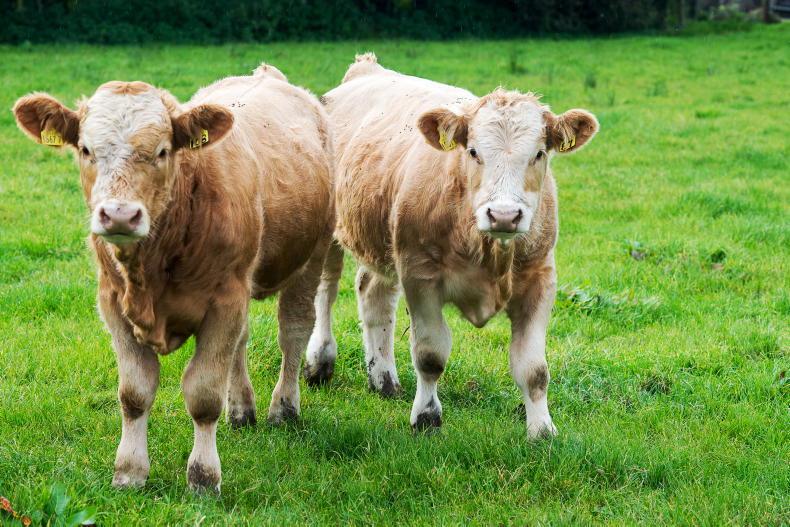

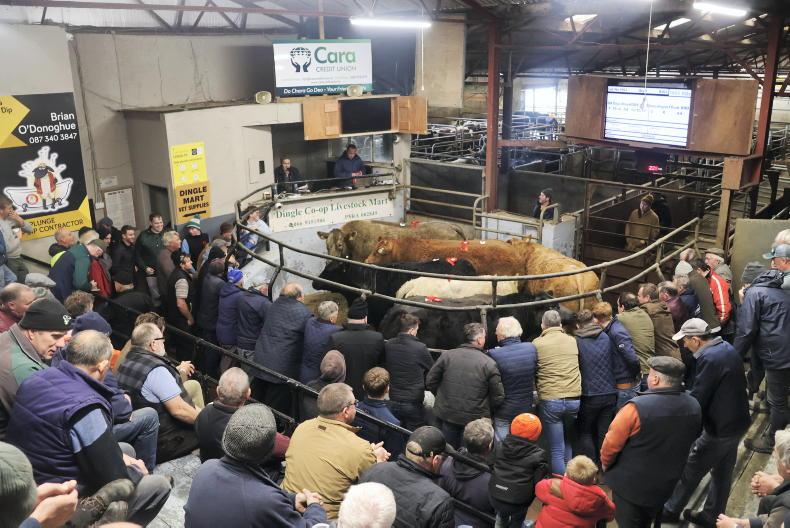

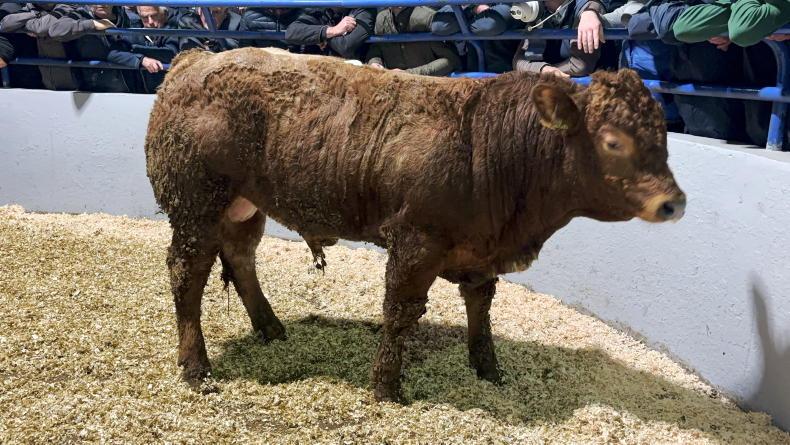
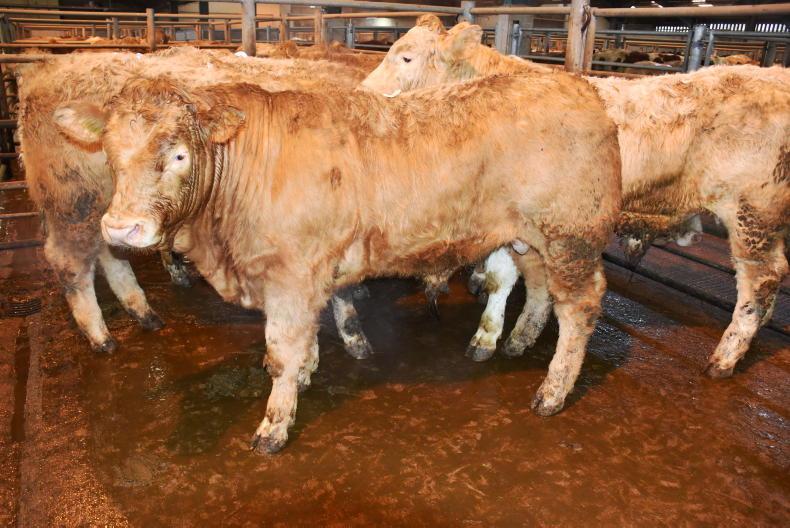
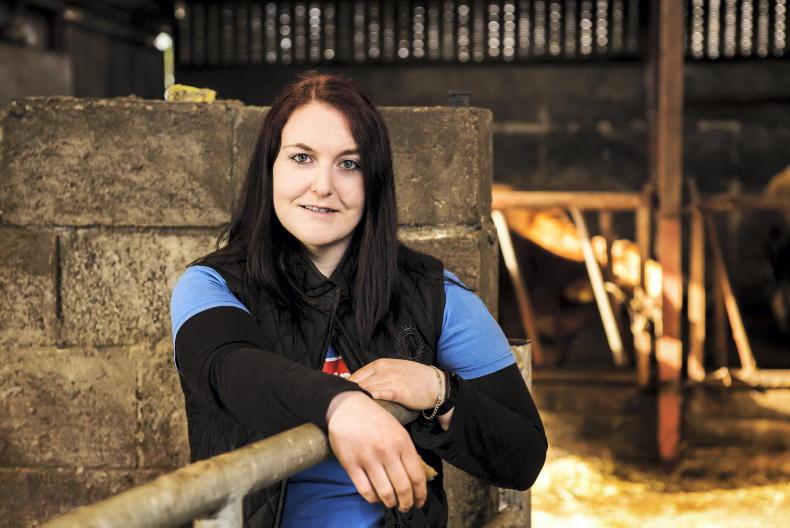
SHARING OPTIONS